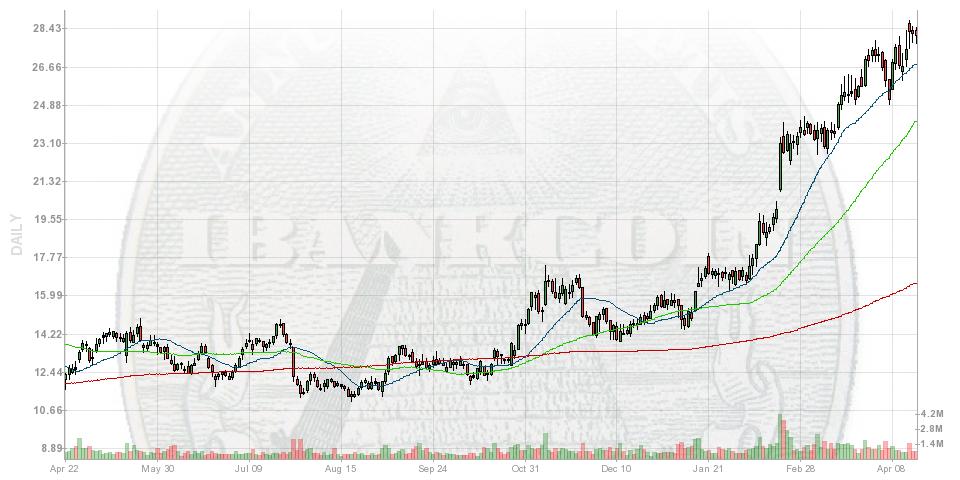So here we are the week after the Fed announced on April 9 that they’re just going to throw out that guidance that they’ve been spending the last three years meticulously articulating to the public, and we remain in a down market.
End of the world?
Hardly.
This is exactly what happened following the announcements of QE’s I, II, and III. The market continued to be slaughtered following the announcement, market “professionals” and “experts” lamented the end of global civilization and then…it stopped.
No, it didn’t just stop. It lampooned the detractors, dragging anyone short equities into obscene losses, while making those with blind faith quite wealthy.
What the Fed is really communicating here is that the game will remained rigged for as long as it takes. And since what the Fed is doing doesn’t seem to be making a difference (free money tends to get doled out to those closest to the trough, not those that actually need it), well then that’s just a another way of communicating that the game is going to be rigged forever, isn’t it?
Forever or until the guns come out.
So we’re seeing the monthly POMO purchases dropping another $10 billion and people are ever so afraid – but think about this rationally. From $80 billion a month, we were buying up $960 billion annually in effectively newly issued currency. That’s idiotic, QE I levels of program. I mean, QE II was only a $600 billion program, not counting the reinvestment of proceeds (which was really going to happen anyway, they just publicized it).
So $55 billion in new asset purchases are still on the table, which is for the moment still $660 billion every year. After the next $10 billion drop, we’ll still be at an annualized $540 billion every year. I mean, look, the numbers being thrown around here still equate to another QE II every 12 months.
I do some quick back of the envelope math and pretty quickly work out that QE III, from its inception on September 13, 2012, was somewhere in the neighborhood of $1.5 trillion.
So I’m supposed to lose my grip now that that’s being slowed to a “paltry” $600 billion? Let’s be straight here, just winding down QE III is going to be another QE II.
You know, because we’re winding it down permanently, really.
Or not, really.
Whatever…
And – oh yeah – your expectations that interest rates were rising next year are also premature. In a $17.4 trillion economy, a 1% rise in interest rates NOT materializing by itself is good for probably $150-200 billion a year worth of market forces. Multiply that by every percent financial institutions were expecting.
My point is this; right now everything is super scary, market short sellers are behaving like gigantic dicks, and The Fly’s comment section is haunted hourly by scum. But I’m thinking this is just the same story we’ve seen play out on at least three separate occasions already.
The fear is drawing everyone in. But the victory blow has already been struck – point Yellen.
But you can’t have a fox hunt without a fox; so we’re pressing downward. Make no mistake though, death awaits all short sellers. Before this is over, even just having too much cash on the sidelines will be grounds for humiliation, and short sellers should just actively start picking out that special “last rights” shotgun now.
Comments »


